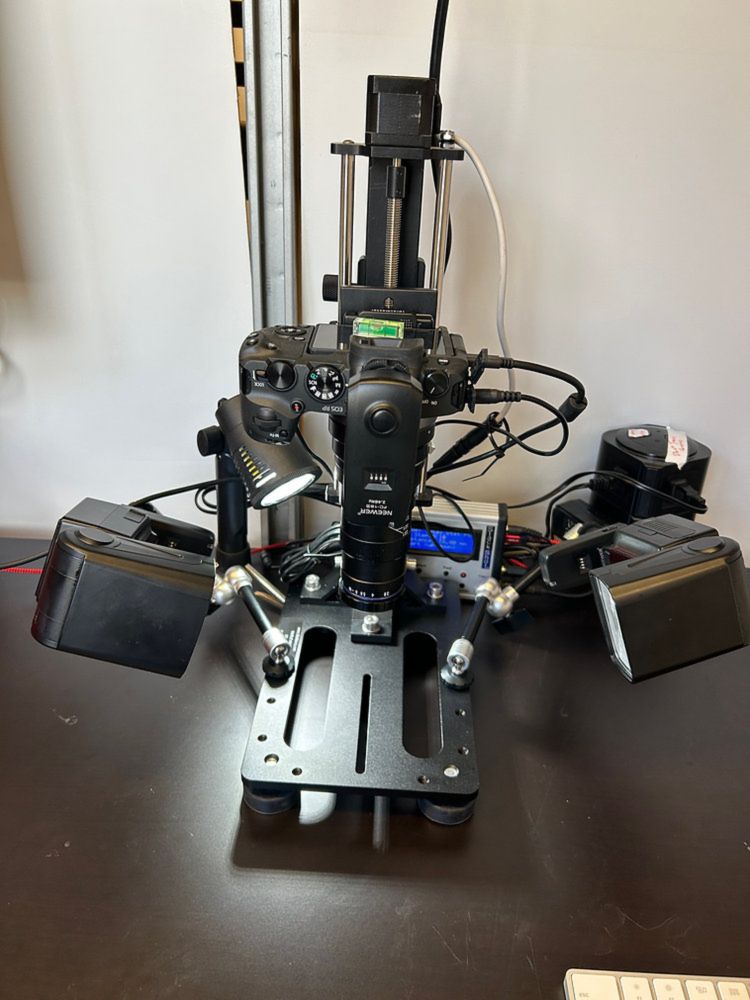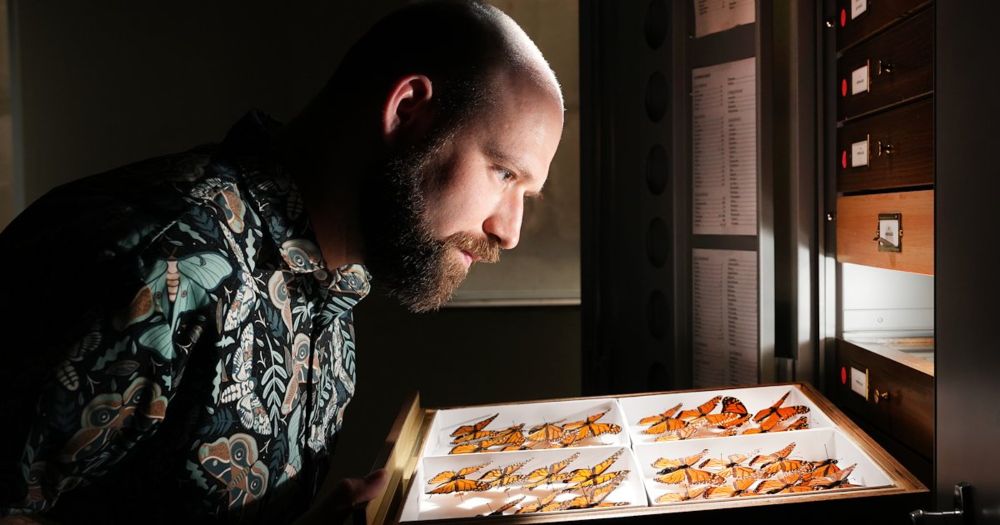Chris Wirth
@ageofarthropods.bsky.social
940 followers
290 following
88 posts
Photographer & PhD entomologist—inordinately fond of beetles! Research focus on darkling beetle (Tenebrionidae) systematics & biogeography, #TenebTuesday +Natural history collections/insect conservation/old (entomological) books & cameras
www.ccwirth.com
Posts
Media
Videos
Starter Packs
Chris Wirth
@ageofarthropods.bsky.social
· Jul 22
Reposted by Chris Wirth
Alex Wild
@alexwild.bsky.social
· Jun 10
Chris Wirth
@ageofarthropods.bsky.social
· Apr 15
Chris Wirth
@ageofarthropods.bsky.social
· Mar 19


![A reddish-brown beetle specimen with moderately long antennae and two labels reading "Cin. O. / V-28-[?]" and "'Tenebrionidae / unknown' teste Horn"](https://cdn.bsky.app/img/feed_thumbnail/plain/did:plc:otjq5ndsne7q2nwyyh3bpjf4/bafkreigogjqflnoqg7gjrqogwigcgze7e5nkil54m5f67qkwxrghnk5iny@jpeg)


![A pin bearing several strips of paper with beetles neatly glued to them and text reading “Cin. O. 6-12-[190]4”](https://cdn.bsky.app/img/feed_thumbnail/plain/did:plc:otjq5ndsne7q2nwyyh3bpjf4/bafkreibdwrft5hr6z5txvpm5xrassd6eo6ivwtgdvpehbrsdgcmre7lpmm@jpeg)



















